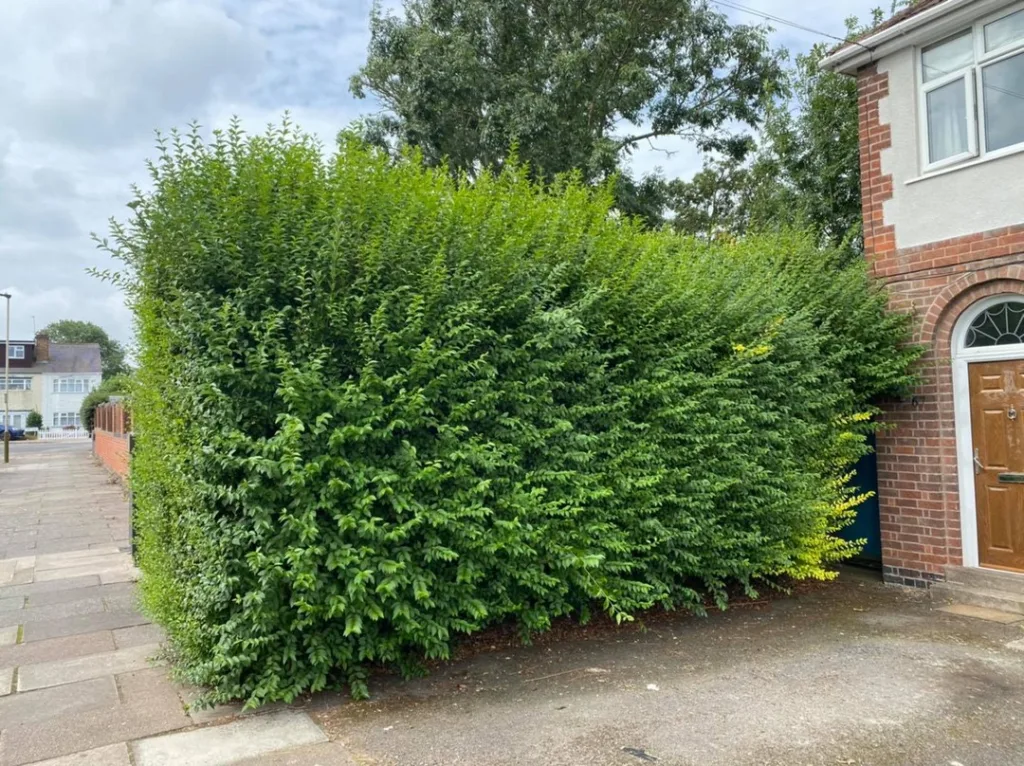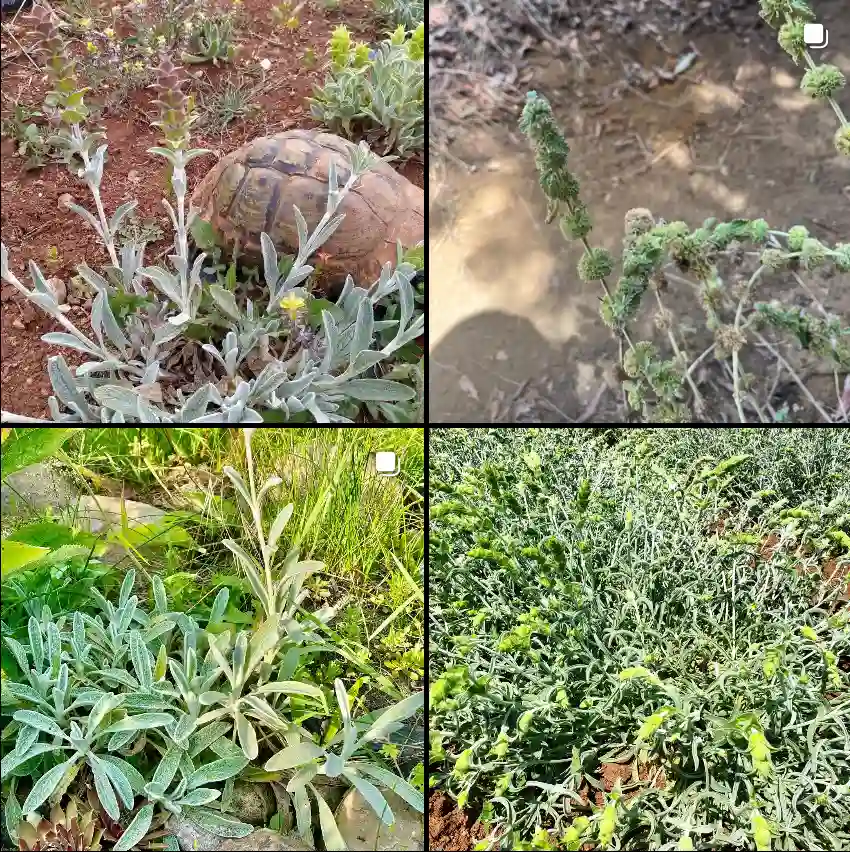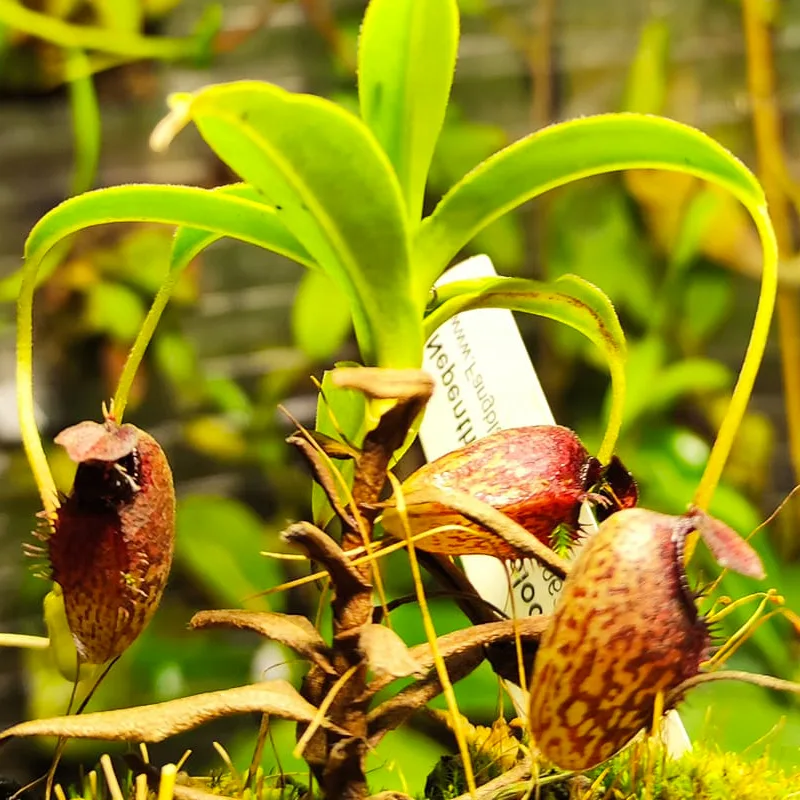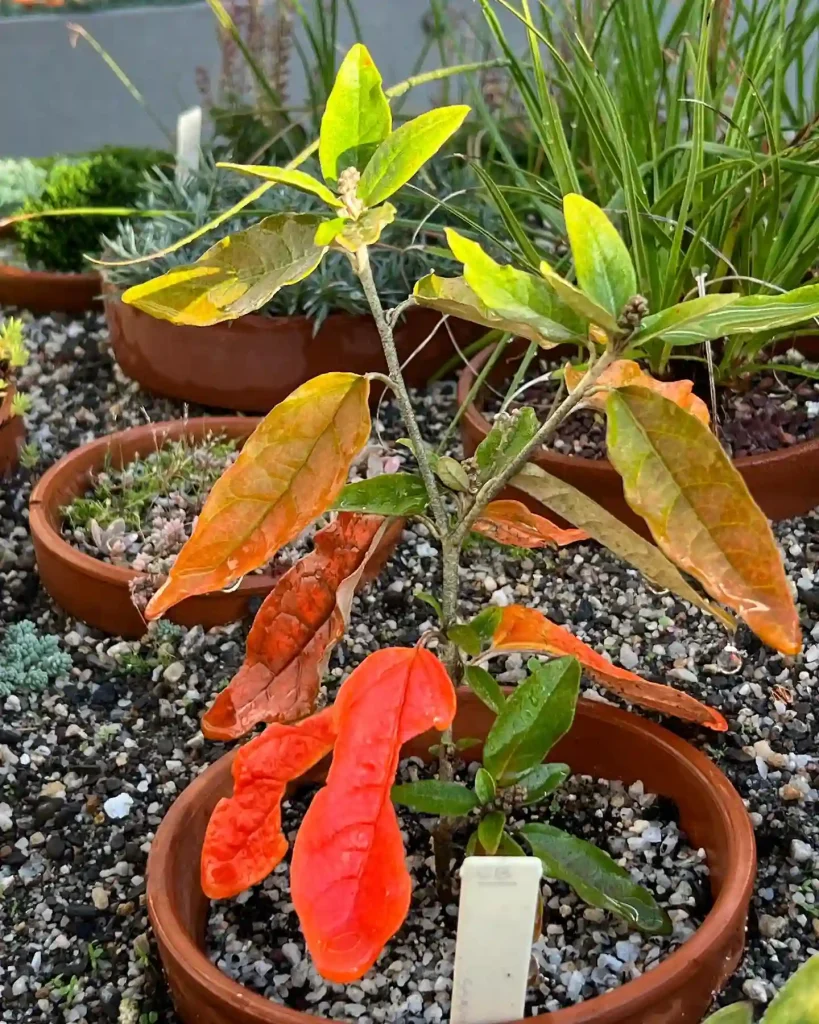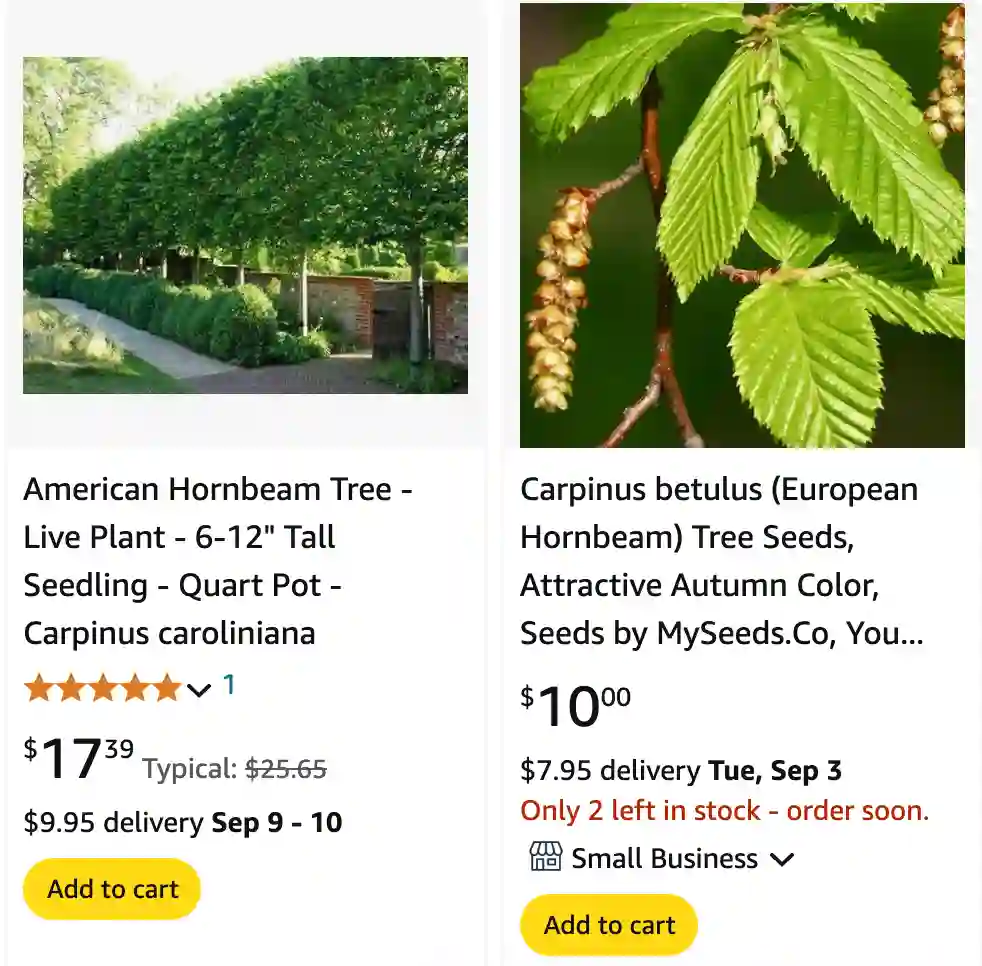
July 31 – Carpinus
"Carpinus, the hornbeam, defines July 31."
Carpinus symbolizes wisdom and endurance. You have a grounded and steady nature, providing strength and insight to those around you. Like this tree, your roots run deep, anchoring you firmly through life’s trials.
What is a Hornbeam?
As a botanist and tree enthusiast, I’ve always been fascinated by the subtle beauty and resilience of hornbeams. Belonging to the genus Carpinus, these deciduous trees often get overshadowed by their more flamboyant cousins like oaks and maples. But for those who appreciate understated elegance and remarkable strength, hornbeams hold a special appeal. Let me take you on a journey through the world of Carpinus from the Betulaceae family, exploring its unique characteristics, diverse species, and the reasons why I find this genus so captivating.
Understanding the Hornbeam: Key Characteristics
What sets hornbeams apart? It’s a combination of factors, from their distinctive leaves and bark to their remarkable wood and ecological roles.
The leaves of Carpinus are typically ovate with serrated edges, often displaying a pleated or corrugated texture. This gives them a unique visual appeal, especially when sunlight filters through the canopy. The bark, often smooth and gray, can develop attractive fluting or muscle-like patterns with age, adding to the tree’s character.
But the real strength of hornbeams lies in their wood. Exceptionally hard and dense, it was historically used for making tools, wheels, and even cogs in machinery. This earned the genus its common name, “hornbeam,” with “horn” referring to the wood’s toughness and “beam” to its use in construction. Even today, hornbeam wood is valued for its durability and is often used in carving, turning, and making durable furniture.
Ecologically, hornbeams play a vital role in supporting biodiversity. Their foliage provides food and shelter for various insects, while their seeds are a valuable food source for birds and small mammals. They also contribute to soil health through leaf litter decomposition and can help stabilize slopes with their strong root systems.
A Diverse Family: Species in Carpinus
The genus Carpinus boasts a remarkable diversity, with species found across much of the Northern Hemisphere. Here are:
- Carpinus betulus L. Plant FAQs: Carpinus Betulus
- Carpinus caroliniana Walter Plant FAQs: Carpinus Caroliniana – American Hornbeam
- Carpinus chuniana Hu
- Carpinus cordata Blume
- Carpinus dayongiana K.W.Liu & Q.Z.Lin
- Carpinus faginea Lindl.
- Carpinus fangiana Hu
- Carpinus fargesiana H.J.P.Winkl.
- Carpinus firmifolia (H.J.P.Winkl.) Hu
- Carpinus gigabracteatus Z.Qiang Lu
- Carpinus hebestroma Yamam.
- Carpinus henryana (H.J.P.Winkl.) H.J.P.Winkl.
- Carpinus insularis N.H.Xia, K.S.Pang & Y.H.Tong
- Carpinus japonica Blume
- Carpinus kawakamii Hayata
- Carpinus kweichowensis Hu
- Carpinus langaoensis Z.Qiang Lu & J.Quan Liu
- Carpinus laxiflora (Siebold & Zucc.) Blume
- Carpinus lipoensis Y.K.Li
- Carpinus londoniana H.J.P.Winkl.
- Carpinus luochengensis J.Y.Liang
- Carpinus mengshanensis S.B.Liang & F.Z.Zhao
- Carpinus microphylla Z.C.Chen ex Y.S.Wang & J.P.Huang
- Carpinus mollicoma Hu
- Carpinus monbeigiana Hand.-Mazz.
- Carpinus omeiensis Hu & W.P.Fang
- Carpinus orientalis Mill.
- Carpinus paohsingensis W.Y.Hsia
- Carpinus polyneura Franch.
- Carpinus pubescens Burkill
- Carpinus purpurinervis Hu
- Carpinus putoensis W.C.Cheng
- Carpinus rankanensis Hayata
- Carpinus rupestris A.Camus
- Carpinus × schuschaensis H.J.P.Winkl.
- Carpinus shensiensis Hu
- Carpinus shimenensis C.J.Qi
- Carpinus tibetana Z.Qiang Lu & J.Quan Liu
- Carpinus tientaiensis W.C.Cheng
- Carpinus tropicalis (Donn.Sm.) Lundell
- Carpinus tsaiana Hu
- Carpinus tschonoskii Maxim.
- Carpinus turczaninovii Hance
- Carpinus viminea Lindl. ex Wall.
Is Hornbeam Deciduous?
Yes, Hornbeam trees are deciduous. They shed their leaves in the fall, which makes them different from evergreen trees. In autumn, their foliage turns a golden-yellow before dropping, adding seasonal color to your garden.
Are American Hornbeam Trees Messy?
American Hornbeam trees are relatively tidy compared to some other trees. While they do drop their leaves in the fall, the leaf litter is not particularly messy or hard to manage. Their small size and manageable growth habit make them a good choice for smaller gardens where space and maintenance are concerns.
Are Hornbeam Roots Invasive?
Hornbeam roots are not generally considered invasive. They tend to grow in a more contained manner compared to some other species. This makes them suitable for urban and suburban settings where space can be limited. However, it’s always a good idea to monitor their growth and ensure they don’t interfere with nearby structures or plants.
Are Hornbeam Trees Evergreen?
No, Hornbeam trees are not evergreen. They are deciduous, meaning they lose their leaves each autumn. This seasonal change can be a beautiful addition to your garden, providing different looks throughout the year.
Can Hornbeam Be Cut Back Hard?
Hornbeam trees can be pruned, but it’s important to do so carefully. They tolerate regular pruning well, and you can cut them back hard if needed. This is particularly useful for maintaining shape or encouraging denser growth. However, heavy pruning should ideally be done in late winter or early spring before new growth begins.
Can I Prune Hornbeam in Winter?
Yes, you can prune Hornbeam trees in winter. In fact, winter is an excellent time for pruning since the tree is dormant, and it’s easier to see the structure without the leaves. Just ensure you avoid severe cold snaps immediately after pruning, as this could potentially damage the tree.
Do Deer Eat Hornbeam?
Hornbeam trees are relatively deer-resistant. While deer may occasionally nibble on their leaves or young shoots, they are not a preferred food source. This can be beneficial if you live in an area with a high deer population and want to reduce the need for deer protection measures.
Do Hornbeam Trees Lose Their Leaves?
Yes, Hornbeam trees lose their leaves in the fall. This is a natural part of their lifecycle as deciduous trees. The bare branches in winter can provide a different, more architectural look, and the fallen leaves can add to the seasonal garden mulch.
Does Hornbeam Burn Well?
Hornbeam wood burns well and is known for its high energy content. It produces a steady, hot fire with minimal smoke and ash. This makes it a good choice for firewood if you’re looking for something that offers efficient heating.
How Big Do Hornbeam Trees Grow?
Hornbeam trees typically grow to a height of 20 to 35 feet (6 to 10 meters) with a similar spread. The American Hornbeam usually stays on the smaller side, while the European Hornbeam can reach up to 50 feet (15 meters) in height. Their moderate size makes them suitable for many garden settings.
How Far Apart to Plant Hornbeam Hedge?
When planting a Hornbeam hedge, space the trees about 18 to 24 inches (45 to 60 cm) apart. This distance allows them to grow into a dense, continuous hedge while ensuring each plant has enough room to thrive.
How Fast Do Hornbeam Trees Grow?
Hornbeam trees have a moderate growth rate. On average, they grow about 12 to 24 inches (30 to 60 cm) per year. This steady growth makes them suitable for landscapes where you want a reliable but not overly fast-growing tree.
Hornbeam vs. Hophornbeam
Hornbeam and Hophornbeam (Ostrya) are often confused, but they are different species. Hophornbeam has a more open, airy appearance and distinctive hop-like seed clusters, while Hornbeam has a denser, more compact form. Both are excellent choices for gardens, but they offer different aesthetic qualities.
Hornbeam vs. Beech
Hornbeam and Beech (Fagus) are both deciduous trees with hard wood. However, Beech trees have larger, smoother leaves and are generally more shade-tolerant. Hornbeam, on the other hand, has smaller, serrated leaves and can handle a wider range of soil conditions.
Hornbeam vs. Elm
Hornbeam and Elm trees have different growth habits and leaf shapes. Elms tend to grow faster and larger, with a more spreading canopy. Hornbeams have a denser form and slower growth rate. Hornbeam leaves are also more serrated compared to the smoother leaves of Elms.
Hornbeam vs. Ironwood
Ironwood is another name for Hornbeam in some regions due to its hard, dense wood. While the terms are often used interchangeably, Ironwood can also refer to different species in the Carpinus or Ostrya genera. Both Hornbeam and Ironwood are valued for their durable wood and aesthetic qualities.
Hornbeam vs. Oak Firewood
Hornbeam and Oak are both excellent choices for firewood, but they have different characteristics. Oak burns hotter and longer, producing more coals and heat. Hornbeam, while not as long-burning as Oak, still offers a good heat output and produces less ash.
How to Care for Hornbeam?
Caring for Hornbeam involves regular pruning to maintain shape, occasional feeding, and ensuring proper watering, especially during dry periods. They are quite resilient but appreciate well-drained soil and moderate moisture levels.
How to Propagate Hornbeam?
Hornbeam can be propagated from seeds or by taking hardwood cuttings. Seeds should be stratified for several weeks before planting. For cuttings, select healthy wood from the previous season and root them in a potting mix under controlled conditions.
What to Plant With Hornbeam?
Hornbeam pairs well with various plants in a garden setting. Consider combining it with shrubs like Boxwood or ornamental grasses for texture contrast. It also works well in mixed borders or as part of a woodland garden.
Can You Grow Hornbeam Indoors?
Hornbeam is generally suited for outdoor planting. It requires significant space and light to thrive, making it challenging to grow indoors. If you have a large, well-lit indoor space, you might try growing a small Hornbeam tree in a large container, but it’s not ideal for typical indoor environments.
Is Hornbeam Toxic?
Hornbeam is not considered toxic to humans or pets. It is safe to grow in gardens where children or animals are present. Always ensure that any plants used in gardens are non-toxic to avoid potential issues.
Benefits of Hornbeam
Hornbeam trees offer several benefits, including their hard wood, which is useful for crafting and firewood. They also provide excellent shade, are relatively low-maintenance, and add aesthetic value to landscapes with their attractive foliage and structure.
Common Problems with Hornbeam
Hornbeam trees are generally resilient, but they can be susceptible to certain pests and diseases, such as aphids and fungal infections. Regular inspection and proper care can help manage these issues effectively.
In a world that often values flashiness and instant gratification, hornbeams remind me of the importance of appreciating the subtle and enduring qualities that truly define character and strength. They are a symbol of resilience, adaptability, and understated beauty – qualities that I strive to embody in my own life.
If i die, water my plants!
